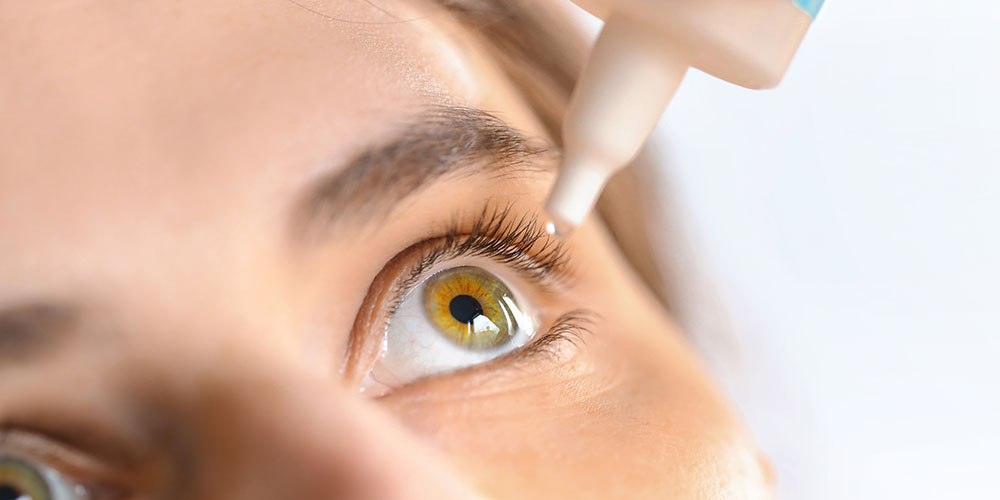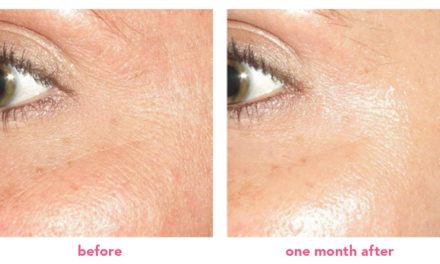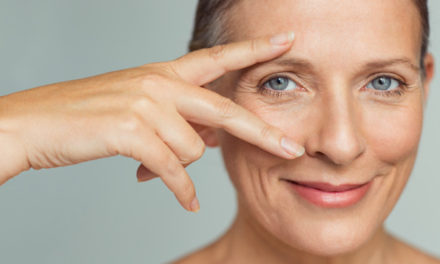If you suffer from dry eye, why not make it a New Year’s goal to get to the root cause of it and eliminate your symptoms for good?
Dry eye is a common condition when the eyes do not produce enough tears or the tears we make evaporate too quickly. This leads to inflammation and damage to the surface of the eye. This time of year can be challenging for people who suffer from dry eye, and the cold, dry air tends to make the symptoms worse. Symptoms often include discomfort, a feeling of dryness or grittiness, redness, and blurred vision. Various factors, including age, environmental conditions, certain medications, and other medical conditions can influence this. Managing dry eye often involves lifestyle changes, over-the-counter eye drops, and, in more severe cases, prescription medications or medical procedures.
Understanding and addressing the underlying causes are key to effectively managing this condition. My goal is to avoid long-term use of prescription medications as much as possible, but it takes commitment and consistency to keep it under control.
Common Causes
- One of the most common causes is the frequent use of computers and other electronic devices. We tend to blink less frequently and completely when using these devices, leading to increased tear evaporation. Most people only blink 3-4 times per minute when using a computer versus the normal 14-15 times per minute. When we stop blinking, we aren’t producing tears from the glands that push the tears onto the cornea, which protects the cornea. This can lead to a lot more eye strain at the computer. To help, position the computer below eye level. This helps decrease tear evaporation because more of the eye is covered by the eyelid when using the computer. Since most people can’t avoid computer use at their jobs, I recommend taking frequent breaks where you look away from the screen and focus on something in the distance. Also, make a conscious effort to blink more often.
- Being inside a lot with an air conditioner, fans, or heater can dry the air, leading to quicker evaporation of the tears. Even frequent flying can exacerbate dry eye because the pressurized cabin of an airplane tends to be drier.
- Certain systemic diseases like lupus, rheumatoid arthritis, thyroid issues, and other autoimmune conditions such as Sjogren’s syndrome can contribute to dry eye.
- Visual or general stress dries the mucous membranes out, including the eyes.
- Adrenal burnout, where people are spending too much time in a stressed state, can put our adrenal system out of balance, where we produce too much cortisol, which leads to overall systemic inflammation. Being light sensitive and having dry eye syndrome can be important to notice when you suspect you have adrenal burnout.
Many factors can cause dry eye, and getting to the root cause is much more beneficial than just putting eye drops in and hoping it gets better.
Although eye drops can be helpful, they are not always a long-term fix. The goal of treating dry eyes is to reduce inflammation in the eye and cause the eye to produce tears more naturally.
I recommend working with a functional medicine practitioner to get to the root cause of your systemic inflammation, and you will see a world of difference. Eye doctors are here to support you through this process and help you manage symptoms while working through it, but you have to treat it just like any other chronic disease. Many people are guilty of treating it aggressively when they have symptoms but then slacking off treatment once they feel better. You have to stay consistent, or it will come back.
Here are a few products I recommend to help you with your symptoms:
- Preservative-free artificial tears like Systane Hydration PF or Ivizia, one thing to note here is if you are using these more than 3-4x per day without much relief, you need to see your eye doctor to determine why.
- A heated eye mask. My favorites are the Bruder mask or Optase heated eye mask.
- A foaming eyelid cleanser to use daily, such as Zocufoam or Cliradex.
- Omega 3 with at least 2000mg combined of EPA/DHA.
Eating a healthy anti-inflammatory diet, such as a Mediterranean or Blue Zones diet, can be a great place to start. I recommend coconut oil, almonds, flax seeds, cashews, avocados, turmeric, and ginger root. Also, include a handful of blueberries, raspberries, and goji berries daily. If you need help getting all of this in daily, a smoothie is a great and tasty way to incorporate a lot of these at once.
By getting to the root of the systemic issue, you can treat this much easier by reducing the causative factors. Any imbalance in the eye can be a mirror for an imbalance going on in the body. If you are suffering from dry eye, explore not only the eye-related causes but also the systemic and metabolic reasons why your system is drying out.
Dr. Walley is the owner of Collierville Vision Center and Collierville Vision Therapy. He specializes in Vision Therapy and Holistic eye care, helping children and adults with strabismus, amblyopia, and other eye problems that interfere with vision and learning through vision therapy. For more information, follow him on Instagram @colliervillevision or his website Colliervillevision.com.







